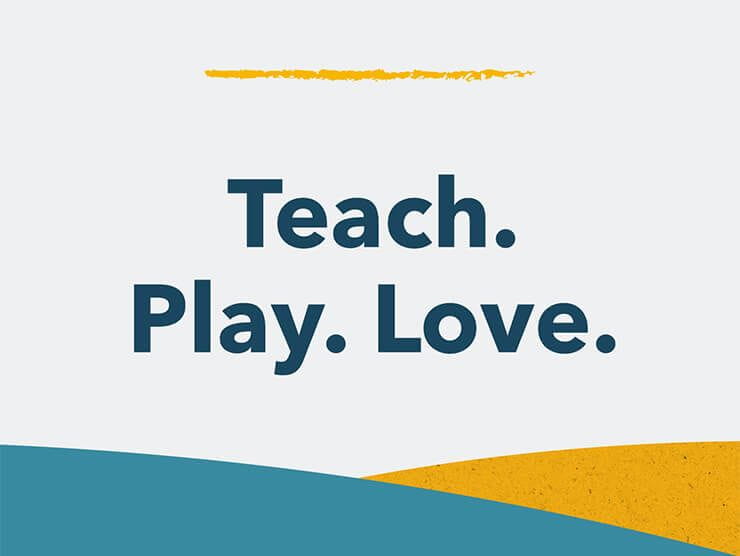Breaking down Public Service Loan Forgiveness
There is a reason why an overwhelming percentage of Public Service Loan Forgiveness (PSLF) applications have been denied since 2017. While it is the most well-known student loan forgiveness program, the process of applying is complex and proves to be confusing for many borrowers. The best thing recent graduates and borrowers newly into their repayment term can do is review and fully understand all three requirements of this program before getting too deep into repaying their student loans.
How Does PSLF Work?
To get your loans forgiven through Public Service Loan Forgiveness you must make 120 payments under an eligible repayment plan, toward eligible loans, while working full time for an eligible employer(s). All three of these eligibility requirements must be in place for each of those 120 payments and then any remaining balance may be forgiven. Let’s break this down:
Eligible Employer
An eligible employer means you work full time for a tax-exempt not-for-profit or government organization. If you work part time for more than one eligible employer for an average total of 30 hours or more per week, then it counts as full-time for this requirement. The position you hold is irrelevant, it all depends on the organization that provides your paycheck.
The Department of Education PSLF Help Tool is available to help borrowers confirm their employer’s eligibility status. You can search the employer’s Federal Employer Identification Number (FEIN/EIN), which can be located on box b of your W-2. You will need to log in with your FSA ID.
Eligible Loans
This forgiveness program is only for federal loans—specifically the Federal Direct loans. This includes Federal Direct Subsidized, Unsubsidized, Graduate PLUS, Parent PLUS, and Consolidation. If you hold other federal loans, such as FFELP, Federal Perkins, Federal Health loans, these may be consolidated through the federal consolidation process to become eligible for PSLF.
Note: If you have already made eligible payments on an eligible loan(s) and decide to consolidate—the 120-payment clock will start over for any loans included, so the earlier the better if you have ineligible loans and you want all of your federal loans consolidated.
It is also worth noting that private student loans are never eligible for PSLF.
Eligible Payments
Now this is where borrowers need to pay attention and where some may find out that PSLF may ultimately not work out. Eligible payments need to be made on-time, within 15 days of the due date. But that is not the only requirement. Payments must be made under one of the income-driven repayment plans OR the standard repayment plan. Using the standard plan for 120 months will not result in any loan forgiveness because the standard plan is calculated with a 10-year payoff. Eligible payments do not need to be consecutive.
So, you must be making payments under an income-driven repayment (IDR) plan for at least a short time to benefit from PSLF forgiveness. You do not need to use the same repayment plan throughout the 120 payments. Currently there are four eligible IDR plans for Direct loan borrowers: Pay As You Earn (PAYE), Revised Pay As You Earn (REPAYE), Income-Based Repayment (IBR), Income-Contingent Repayment (ICR). Each of these plans are calculated in a different way, but they typically cap the monthly payment at about 10-20% of your discretionary income. The Parent PLUS loan is only eligible for one IDR plan, which is ICR. To get set up on one of these plans, you will need to work with your loan servicer and confirm your income through the Federal Student Aid website annually.
Note: Some borrowers are not able to use an income-driven repayment plan if the income greatly exceeds the federal debt. As a rule of thumb, if your total federal debt is around the same or exceeds your annual salary from the past year, then you will likely benefit from an IDR plan for the year. If your debt is less than your salary, you may still be eligible for an IDR plan, but you will need to run a loan calculator to confirm.
How to Apply For PSLF
The application process has been streamlined and there is now one form to complete in order to periodically confirm your employment and ultimately apply for forgiveness once 120 payments have been made. The PSLF form can be downloaded here or generated through the PSLF Help Tool. We encourage borrowers to certify their employer once per year and if they change jobs—going back to an old employer years later may not work out if they do not still have proof of your full-time work status. In addition to submitting the PSLF form annually, keep your own tally of payments to find any discrepancies and report to your servicer as soon as possible.
Good news: If you were working for an eligible employer (and have eligible loans) between March 2020 and September 2021 during the administrative forbearance (temporary payment suspension), these months will count as eligible payments for PSLF even if you have not paid anything during this time of relief from the CARES Act.





